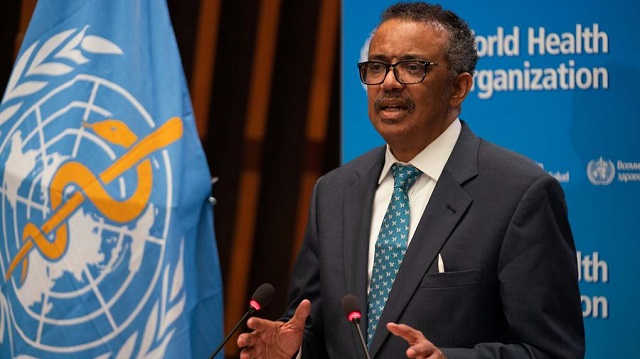
Kampala, Uganda | THE INDEPENDENT | The World Health Organization (WHO) has in addition to making fresh recommendations for COVID-19 tests expanded the suite of tests for infectious and non-communicable diseases such as cancer and diabetes. They have also introduced a new section on endocrinology which is important for reproductive and women’s health.
To address the lack of access to tests and testing services in multiple countries, WHO has since 2018 been publishing a yearly essential diagnostics list, a basket of recommended in vitro diagnostics that should be available at point-of-care and in laboratories in all countries to increase timely and life-saving diagnoses.
For the first time, the list also includes tests that should not be supplied in countries, either because they are not cost-effective, is unreliable or have been surpassed by newer, easier to use technologies.
“Access to quality tests and laboratory services is like having a good radar system that gets you where you need to go. Without it, you’re flying blind”, said WHO Director-General, Dr Tedros Adhanom Ghebreyesus. He said all countries should pay particular attention to the diagnostics space and use the essential list to promote better health, keep their populations safe, and serve the vulnerable.
The use of accurate, quality diagnostics is the first step in the development and implementation of strategies for treatment, control, and in many cases prevention of disease and outbreaks. Their critical role in the health system has been brought into sharp focus by the current COVID-19 pandemic.
Commenting about the list, Dr Mariângela Simão, WHO Assistant-Director General for Access to Medicines and Health Products said in all countries the use of appropriate diagnostic tests can help inform evidence-based treatment and responsible use of medicines, resulting in improved allocation of resources and better health outcomes as it saves health resources that would otherwise be wasted on inappropriate treatment or lengthy hospital stays.
He says the new list is an evidence-based guide that looks at disease prevalence globally and for each condition recommends the appropriate test. This process is overseen by the Strategic Advisory Group of Experts on In Vitro Diagnostics (SAGE IVD), a group of specialists from around the world with long-standing experience in the field of IVDs and their implementation, their use, regulation and evaluation. The experts evaluate data on the usefulness, impact and accuracy of each test considered to decide which should be recommended.
As well as tests intended for use in laboratories, the list recommends numerous diagnostics that should be available at primary care or community level to serve rural areas in low- and middle-income countries, where medical facilities and equipment may be lacking and health providers are often forced to make treatment decisions based solely on patient symptoms.
However, WHO warns in a statement that the diagnostics list is not prescriptive but rather is a policy tool intended to guide countries to create their national lists based on their local context and needs.
********
URN
 The Independent Uganda: You get the Truth we Pay the Price
The Independent Uganda: You get the Truth we Pay the Price


